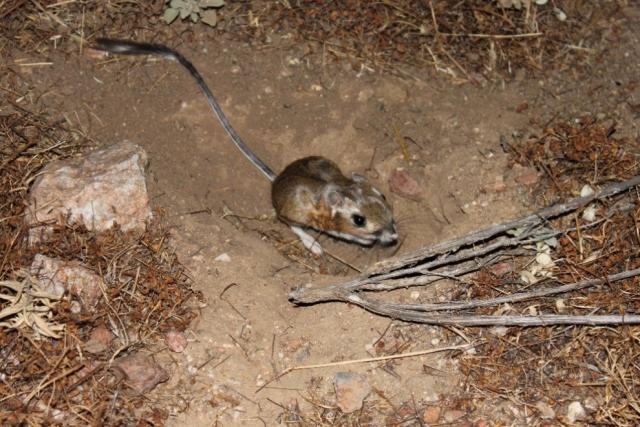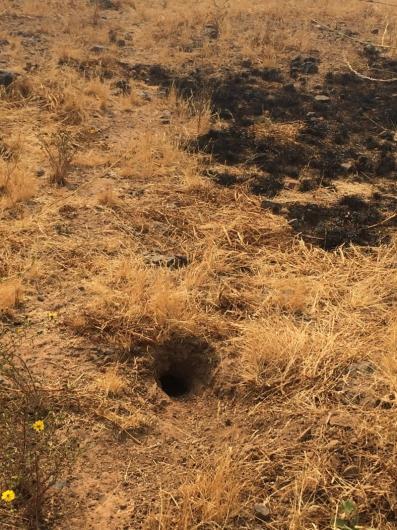Related Stories
- BLM recreation sites available to all: Exploring accessibility on California’s public lands
- BLM California partners to secure America’s border
- Meet the Engineers: BLM California celebrates 2025 National Engineers Week by getting to know some of our finest!
- Honoring Excellence in Service: Ranger Perez Recognized as BLM California Ranger of the Year
- Exploring the Campbell Tract Special Recreation Management Area: Flora, fauna, and volunteer opportunities
Office
1201 Bird Center Drive
Palm Springs, CA 92262
United States
Phone:
Email:



